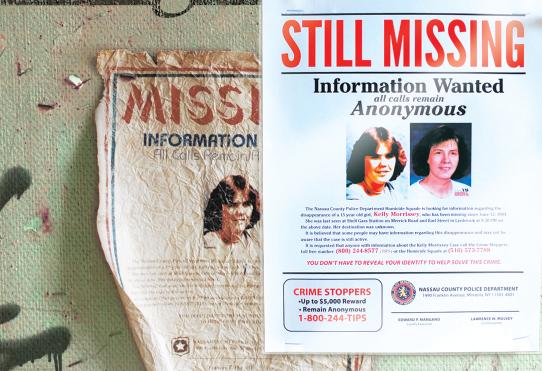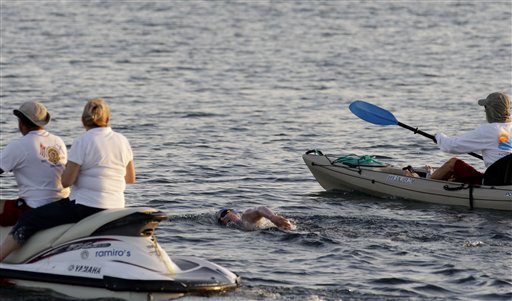
On March 26, 1985, 19-year-old Jacqueline Martarella was reported missing. She had been walking from her Oceanside home to a Burger King on Long Beach Road, where she worked. One month later, on April 22, 1985, her nude, badly decomposed body was found in a remote part of a nearby private golf course in Woodmere.
Was Kelly’s disappearance the beginning of a string of murders? If so, were the slayings related? Were the murderers acquaintances of the three teens, or was there a random serial killer on the loose in the sleepy Village of Lynbrook? Investigators say they may never know.
In 1985, however, they thought they might.
Police arrested John Kogut, Dennis Halstead and John Restivo of Lynbrook, charging them with the rape and murder of Theresa. The following year, all three were convicted. Kogut was given concurrent sentences of 25 years to life for two counts of murder and a concurrent sentence of 12 1/2 to 25 years for the rape conviction, in all, receiving 31 ½ years to life. Halstead and Restivo were sentenced to 33 1/3 years to life for rape and murder.
Investigators told me it was too big of a coincidence that Kelly knew all three men. Kelly’s diary is filled with notes about Kogut and Halstead. She dated Kogut, stopped and then dated him again. She wrote in her diary that he was “pissing her off” and that she felt bad for him because she caused him hell, “but I couldn’t come along pretending I like him when I only like him as a friend.”
Only a few days later, another entry:
“John won’t get the hint I don’t like him anymore. He threw me out cause I got him ‘pissed.’”
Kelly also dated Halstead, as did Cole. Halstead was married at the time and known in the area to be involved with drugs. Kelly wrote in her diary about hanging out in Halstead’s Lynbrook apartment.
Seventeen years after Kelly’s disappearance, Olmstead, her mother, revealed to me that her daughter not only knew the three men, but that the last person Kelly called before she disappeared was Halstead—a fact that detectives were not aware of in the initial investigation.
“I’m not sure how we found out,” Olmstead said. “In fact, we went over there and knocked on his door. We knew he was there, but he wouldn’t answer the door.”
Olmstead recalled that as they were leaving, Cole, who still lived in the same building at the time, was entering. According to Olmsted, Cole told them Halstead would not answer his door but gave them his telephone number.
“We called him from across the street,” said Olmstead. “He sounded very annoyed that he didn’t know why we were bothering him. He sounded angry and annoyed. We were suspicious of him before Theresa’s death. I always felt he knew something that he wasn’t saying. He knew something or had done something.”
Olmstead added that he told her he had received a call from Kelly and Cole the night Kelly went missing. She said he also told her that they had left a message on his answering machine, but he would not tell her what the message was.
Halstead spent much of his time at a bar called the Purple Frog, she added, located just two doors down from where Kelly was last seen. It was also the only place they had gone to that would not hang Kelly’s missing person’s poster.
Quinn said he had no knowledge of the call or the messages, and he questioned why it took 17 years to find out. Olmstead insisted that she did tell the police, but there was no record in any of her statements of her doing so.
What was clear was that Restivo, Halstead and Kogut all knew each other, and they all knew Kelly. And according to Beyer, Kelly was interested in both Kogut and Restivo. Beyer had her own theory about what happened that fateful night:






